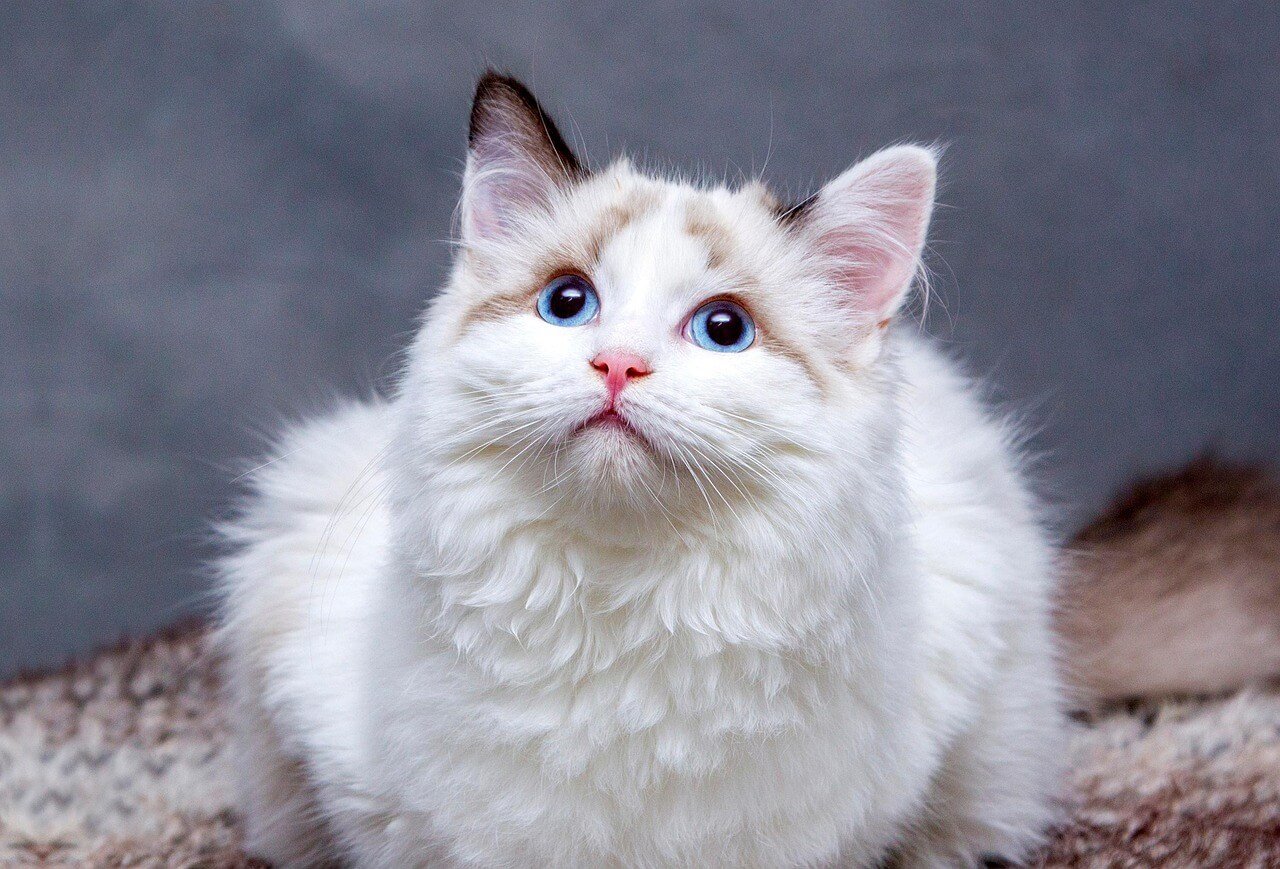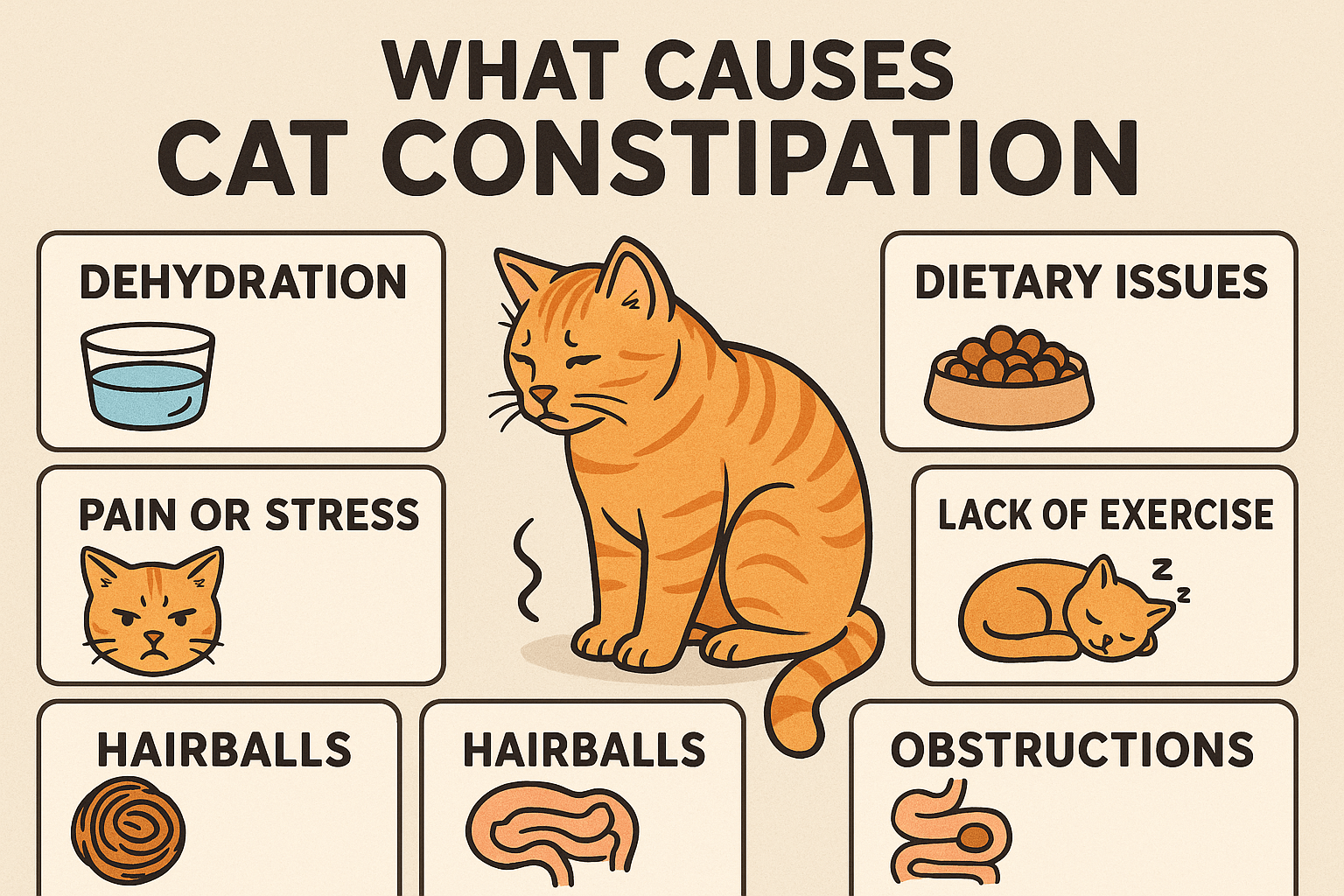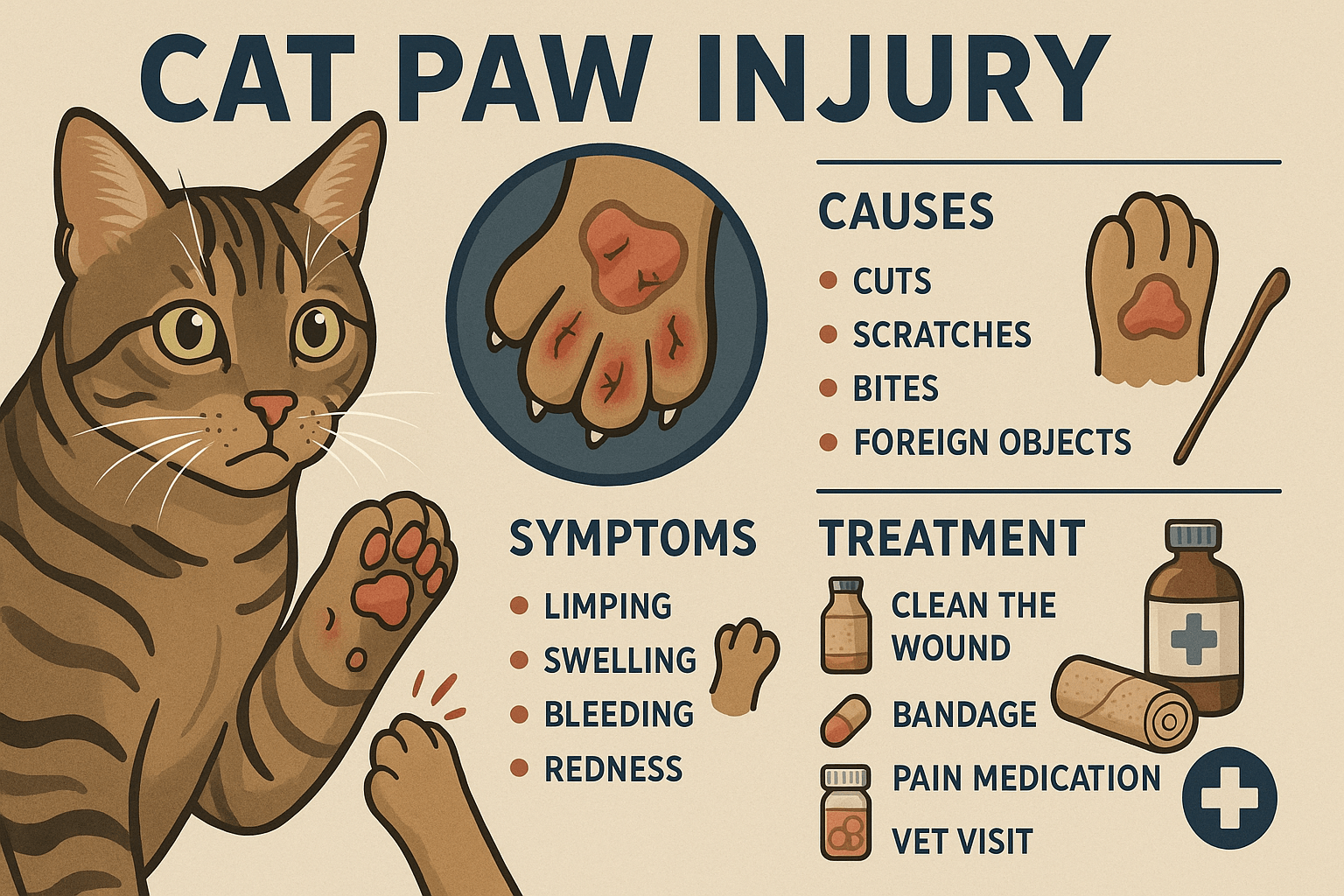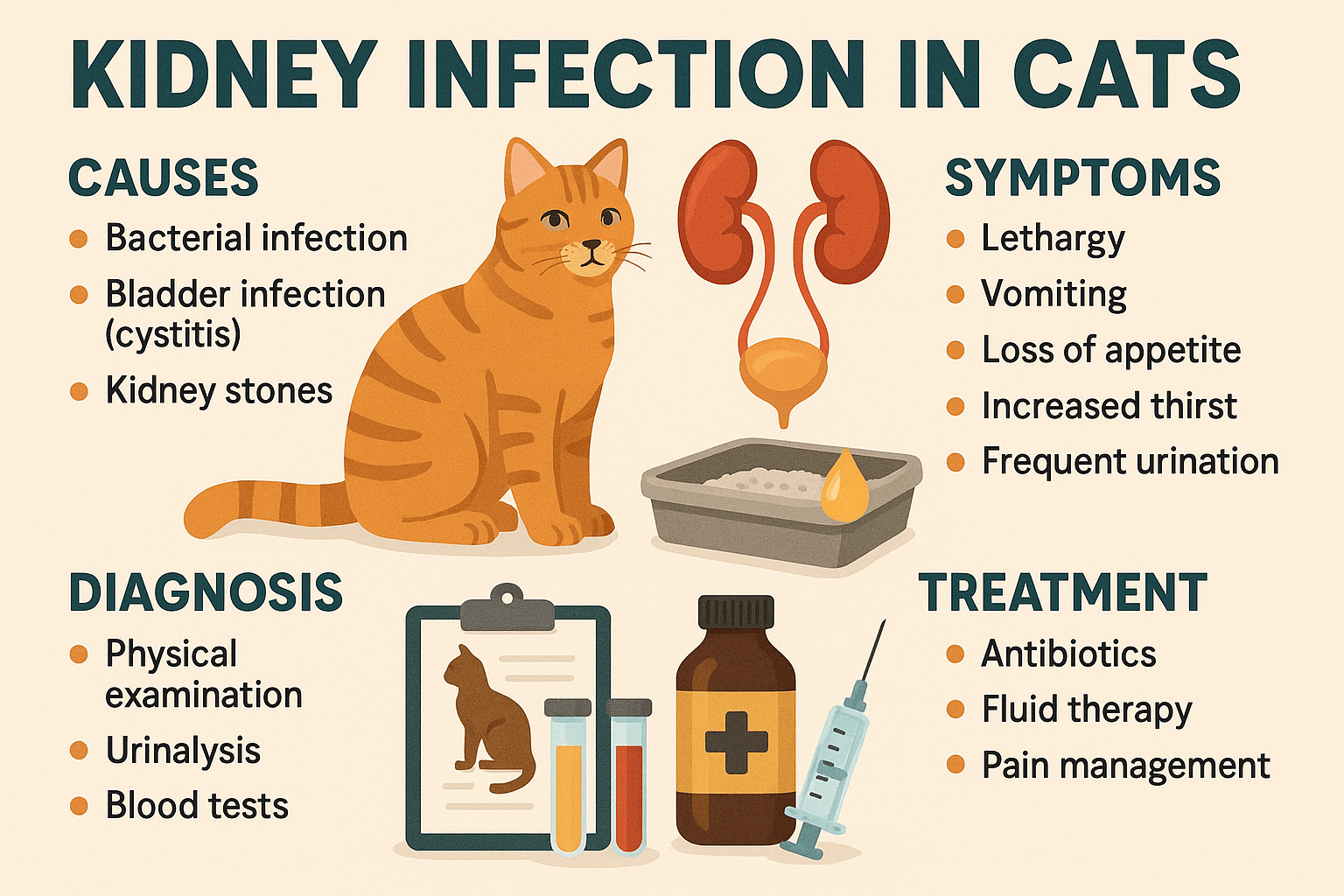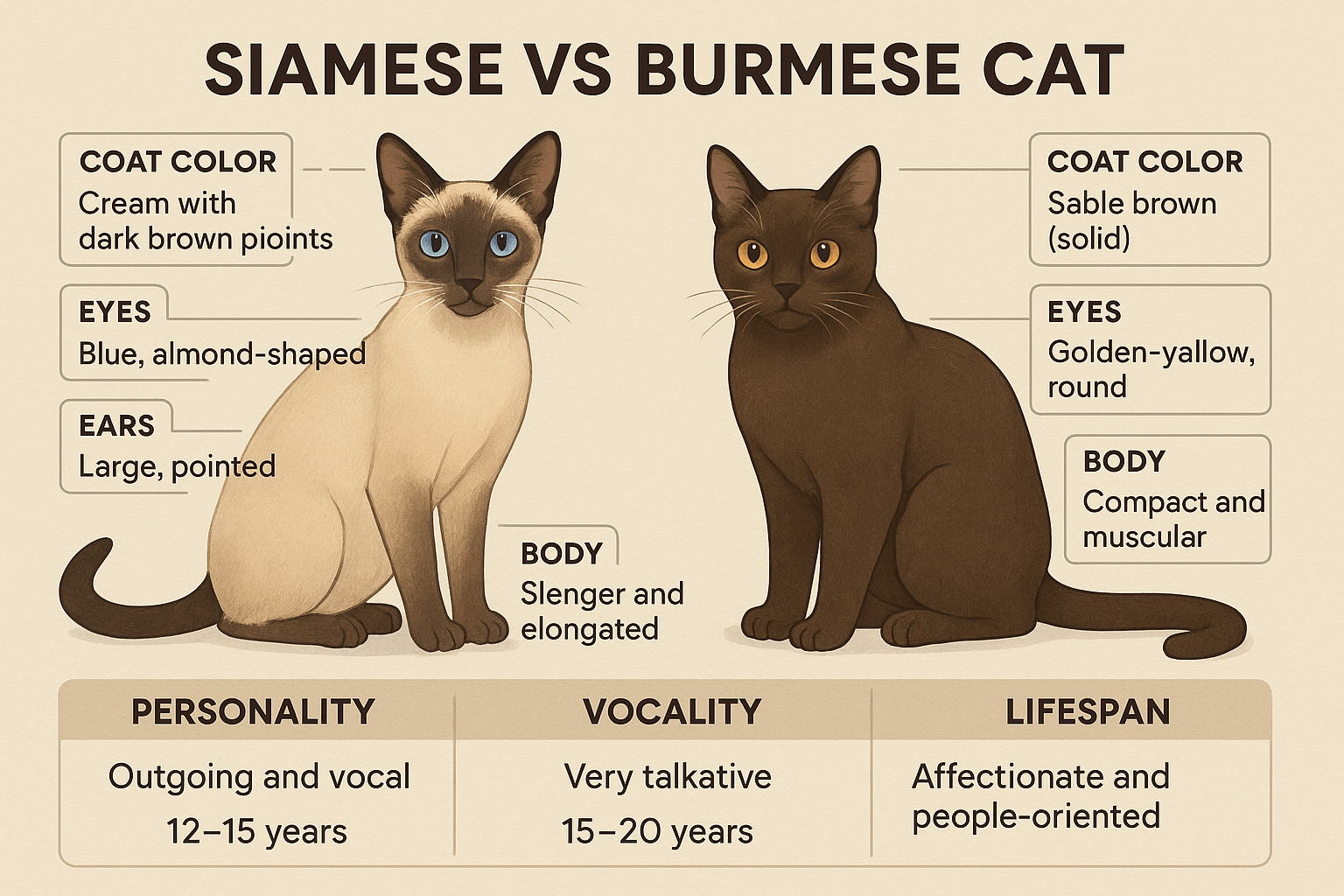Crimped Cat Whiskers: What You Need to Know
Cat whiskers are more than just cute facial features—they’re highly sensitive tools that help your feline friend navigate the world. However, if you’ve noticed your cat’s whiskers looking crimped, bent, or damaged, you might be wondering what it means and whether it’s a cause for concern. Crimped cat whiskers can occur for a variety of reasons, ranging from natural shedding to underlying health issues. In this blog post, we’ll explore everything you need to know about crimped whiskers, including their causes, effects, and how to care for your cat’s whisker health. By understanding this unique aspect of your cat’s anatomy, you can ensure they stay happy, healthy, and comfortable.
What Causes Crimped Cat Whiskers?
Crimped or bent whiskers can result from several factors, both natural and external. Understanding these causes can help you determine whether your cat’s whiskers need attention or if it’s simply a normal occurrence.
Natural Shedding Cycle:
Like hair, cat whiskers go through a shedding process. A crimped whisker may simply be one that’s nearing the end of its life cycle and will soon fall out.Physical Damage:
Cats often rub their faces against objects, furniture, or walls, which can bend or crimp their whiskers temporarily.Environmental Factors:
Exposure to harsh conditions, such as excessive heat or moisture, can weaken whiskers and make them more prone to damage.Nutritional Deficiencies:
Poor diet or lack of essential nutrients like vitamins and minerals can affect the strength and health of your cat’s whiskers.Underlying Health Issues:
Conditions like skin infections, allergies, or hormonal imbalances may impact the condition of your cat’s whiskers.
While some causes are harmless, others may require closer attention to ensure your cat’s overall well-being.
How Crimped Whiskers Affect Your Cat’s Behavior
Whiskers play a vital role in a cat’s daily life, so any changes to their condition can influence behavior and comfort. Here’s how crimped whiskers might impact your furry friend.
Reduced Spatial Awareness:
Whiskers act as sensory tools, helping cats detect nearby objects and navigate tight spaces. Damaged whiskers may impair this ability.Increased Anxiety:
Cats rely on their whiskers to feel secure in their environment. Crimped or missing whiskers can make them feel disoriented or stressed.Altered Grooming Habits:
Whiskers help cats determine whether they can fit into certain spaces. If their whiskers are compromised, they may avoid grooming hard-to-reach areas.Changes in Playfulness:
A cat with crimped whiskers might become less active or hesitant during play due to reduced confidence in their surroundings.Heightened Sensitivity:
Damaged whiskers can make cats more sensitive to touch, leading to discomfort or irritability when petted near the face.
Understanding these behavioral shifts can help you provide better support and care for your cat during this time.
Check this guide 👉Why Does My Cat Have a Black Whisker? Best 7 Expert Tips!
Check this guide 👉Why Are My Cats Whiskers So Long? Best 7 Expert Tips!
Check this guide 👉Cat Whiskers Position Meaning: Best 7 Expert Tips!
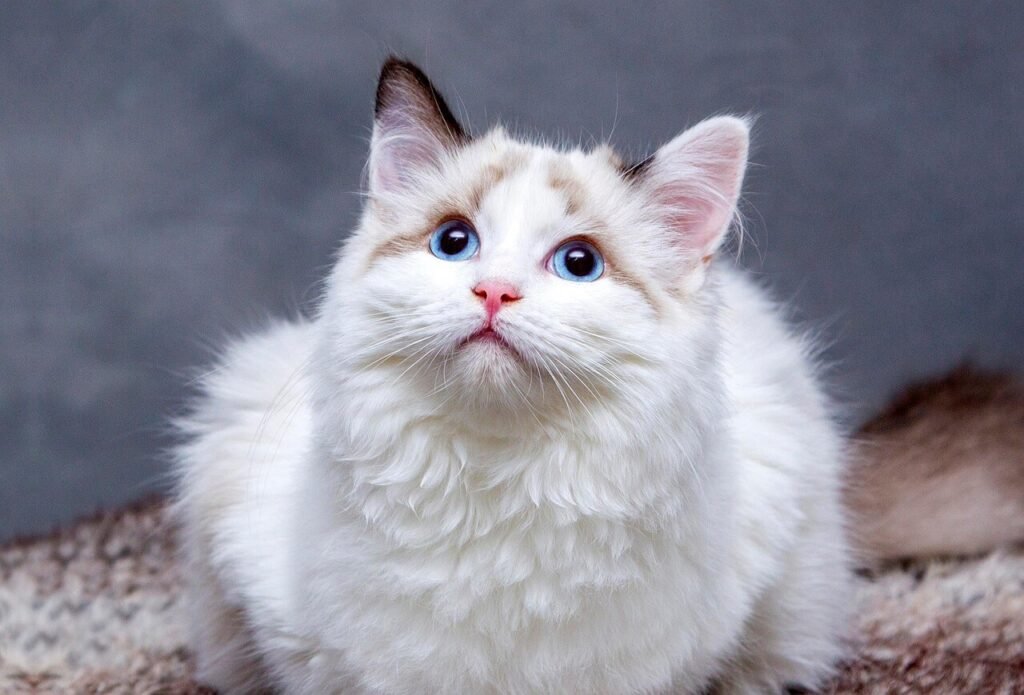
Signs of Healthy Whiskers | Indicators of Whisker Problems |
|---|---|
Straight, smooth texture | Bent, crimped, or broken whiskers |
Consistent length on both sides | Uneven or asymmetrical whisker growth |
Natural shedding without irritation | Excessive whisker loss or bald patches |
Clean and free of debris | Visible dirt, mats, or discoloration |
No signs of discomfort or pain | Rubbing face excessively or avoiding touch |
Tips for Supporting Healthy Whiskers
Taking steps to promote healthy whiskers can improve your cat’s quality of life and prevent unnecessary discomfort. Here are some practical tips to keep their whiskers in top shape.
Provide a Balanced Diet:
Ensure your cat’s food contains essential nutrients like omega-3 fatty acids, vitamins, and proteins to support strong, healthy whiskers.Minimize Environmental Stressors:
Avoid exposing your cat to extreme temperatures or abrasive surfaces that could damage their whiskers.Avoid Over-Grooming:
Be cautious not to pull or trim your cat’s whiskers during grooming sessions, as they are deeply rooted and sensitive.Check for Underlying Health Issues:
Schedule regular vet visits to rule out conditions that might affect your cat’s skin, coat, or whiskers.Create a Safe Environment:
Remove sharp edges or tight spaces where your cat’s whiskers might get caught or bent.
By following these tips, you can help maintain the integrity and function of your cat’s whiskers.
When to Consult a Veterinarian About Crimped Whiskers
While crimped whiskers are often harmless, there are situations where professional advice is necessary. Look out for these signs that indicate a trip to the vet is warranted.
Persistent Whisker Damage:
If your cat consistently has crimped or broken whiskers without an obvious cause, it could signal an underlying issue.Visible Skin Irritation:
Redness, swelling, or flaky skin around the whisker area may indicate an infection or allergic reaction.Behavioral Changes:
Sudden withdrawal, aggression, or excessive grooming could be linked to discomfort caused by damaged whiskers.Unusual Whisker Loss:
Losing multiple whiskers at once or noticing bald spots near the face requires veterinary evaluation.Accompanying Symptoms:
Weight loss, lethargy, or other physical symptoms alongside crimped whiskers should not be ignored.
Prompt veterinary care ensures that any potential problems are addressed before they escalate.
Common Myths About Cat Whiskers
There are many misconceptions about cat whiskers that can lead to confusion. Let’s debunk some common myths to set the record straight.
Myth: Whiskers Are Just Like Hair:
Unlike hair, whiskers are deeply embedded in nerve-rich follicles, making them highly sensitive tactile sensors.Myth: Trimming Whiskers Is Harmless:
Trimming whiskers disrupts a cat’s ability to sense their surroundings, causing disorientation and stress.Myth: Whiskers Indicate Emotions:
While whiskers can reflect body language, they don’t directly show emotions like happiness or anger.Myth: All Cats Have Identical Whisker Patterns:
Each cat’s whisker arrangement is unique, varying in length, thickness, and placement.Myth: Whiskers Don’t Regrow:
Damaged or lost whiskers typically regrow within a few weeks, though the process may vary depending on the cat’s health.
Understanding these facts helps dispel misinformation and promotes better care for your cat’s whiskers.
How to Identify Normal vs. Abnormal Whisker Changes
Not all whisker changes are cause for alarm. Knowing how to differentiate between normal and abnormal variations is key to monitoring your cat’s health.
Normal Shedding:
Occasional whisker loss is part of the natural growth cycle and isn’t harmful.Temporary Bending:
Whiskers may bend slightly during play or exploration but usually return to their original shape.Uneven Growth:
Asymmetry in whisker length can occur naturally and doesn’t always indicate a problem.Abnormal Breakage:
Frequent or severe whisker breakage may point to nutritional deficiencies or environmental hazards.Persistent Damage:
Ongoing issues with crimped or broken whiskers warrant investigation by a veterinarian.
Being observant allows you to catch potential problems early and address them appropriately.
Fun Facts About Cat Whiskers
Cat whiskers are fascinating structures with surprising capabilities. Here are some intriguing facts that highlight their importance.
Whiskers Are Super-Sensitive:
Each whisker is connected to a network of nerves, allowing cats to detect even the slightest changes in their environment.They Measure Space:
Whiskers help cats determine whether they can fit through narrow openings, acting as built-in rulers.Whiskers Detect Airflow:
Cats use their whiskers to sense subtle air movements, helping them locate prey or avoid obstacles in low light.Mood Indicators:
The position of a cat’s whiskers (forward, relaxed, or flattened) can provide clues about their mood or intentions.Unique to Each Cat:
Just like fingerprints, every cat’s whisker pattern is unique, adding to their individuality.
Learning these fun facts deepens your appreciation for your cat’s incredible whiskers and their role in feline life.
Frequently Asked Questions About Crimped Cat Whiskers
Do crimped whiskers grow back?
Yes, whiskers naturally regrow after falling out or becoming damaged. However, it may take several weeks for new ones to appear.
Can I trim my cat’s whiskers?
No, trimming whiskers is strongly discouraged, as they are critical for navigation and spatial awareness.
Are crimped whiskers painful for cats?
Not usually, unless they are accompanied by skin irritation or injury. Most cases of crimped whiskers are painless.
What should I do if my cat loses a whisker?
Monitor the area for signs of infection or abnormal growth. Typically, lost whiskers will regrow on their own.
How can I prevent whisker damage?
Provide a safe, clean environment, feed a nutritious diet, and avoid activities that put undue stress on your cat’s whiskers.
Caring for Your Cat’s Whiskers: A Small but Significant Responsibility
While crimped cat whiskers may seem like a minor issue, they can have a significant impact on your cat’s comfort and confidence. By staying informed about the causes, effects, and care practices related to whisker health, you can ensure your feline companion remains happy and thriving. Remember, whiskers are more than just adorable features—they’re essential tools that help your cat interact with the world. With proper attention and compassion, you can support your cat’s whisker health and strengthen the bond you share.
What Causes Cat Constipation? Best 7 Expert Tips! Discover common causes, symptoms, and solutions for cat constipation to keep your feline healthy and comfortable.
Cat Paw Injury: Best 7 Expert Tips! Discover essential advice on identifying, treating, and preventing cat paw injuries to keep your feline friend healthy and happy.
Kidney Infection in Cats: Best 7 Expert Tips! Discover essential advice on recognizing symptoms, treatment options, and preventive care to keep your cat healthy and thriving.
Siamese vs Burmese Cat: Best 7 Expert Tips! Discover key differences in personality, appearance, and care to choose the perfect feline companion for your lifestyle.

